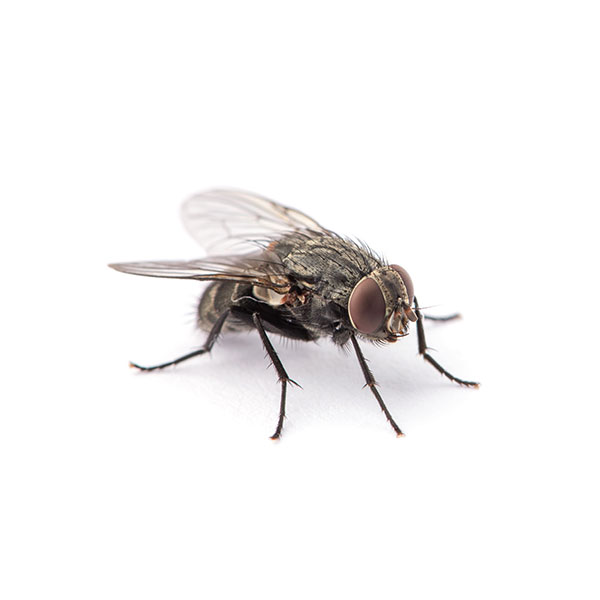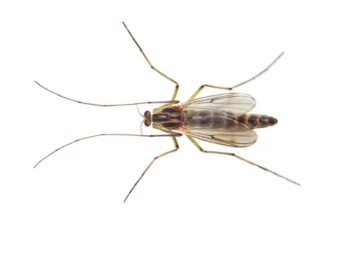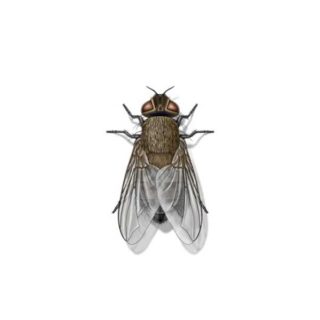House Flies in Long Island
Found on every continent except Antarctica, the house fly is one of the most familiar of all insects. House flies are generally found in the greatest numbers during the hotter summer months and generally live in close proximity to humans and animals. These pests breed in animal wastes and decaying organic material, including animal corpses and food waste from which they can pick up bacteria and viruses that may cause human disease. House flies defecate almost every time they land, contaminating food, with the potential to spread disease.
House Fly Habitat
In rural areas, manure piles are often the main source of house flies, and in urban areas, piles of fermenting lawn clippings commonly generate large numbers of flies. Animal manure is a favorite breeding medium for flies with the most important sites being horse manure, human excrement, cow manure, fermenting vegetable refuse, dumpsters and refuse containers, and household garbage. Some species of flies can live and breed in recycling containers, and fly problems are common in recycling centers.
House Fly Behaviors, Threats, or Dangers
Although house flies do not bite, they are capable of transferring more than 100 different pathogens, including salmonellosis, typhoid, and tuberculosis. Pathogenic organisms are picked up by flies from garbage, sewage, and other sources of filth, and then transferred on their mouthparts, through their vomitus, feces, and contaminated external body parts to human and animal food. They can carry a wide range of germs from filthy breeding sites to the dinner table or spread some diseases within herds or flocks.
If you are experiencing a house fly infestation on your property, contact your local fly technicians for help.
Need help with House Fly control?
$50 OFF PestFree365+
Leave your information below and we’ll be in touch with a FREE quote!
"*" indicates required fields
*During normal business hours. After hours calls will be returned the next business day.






